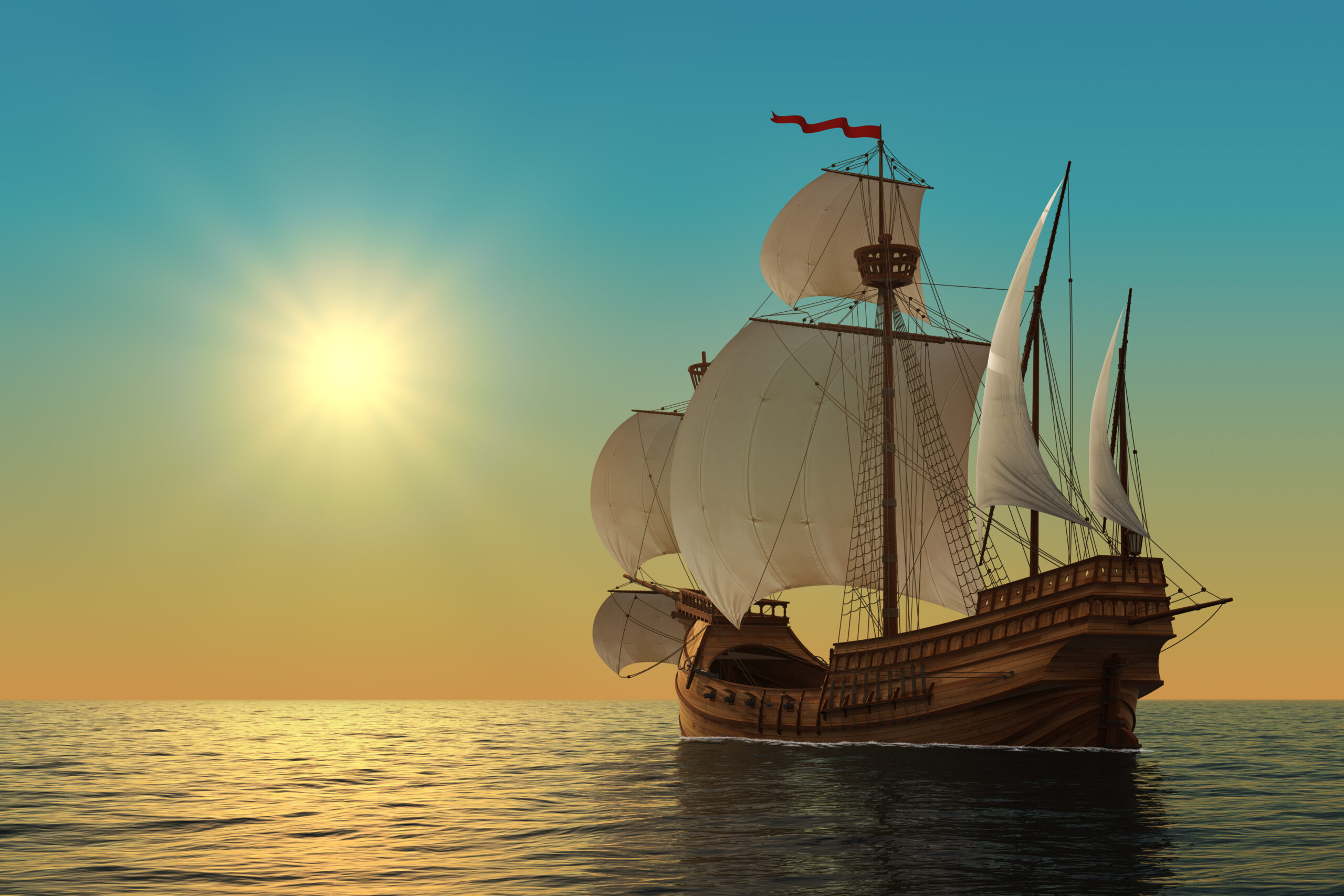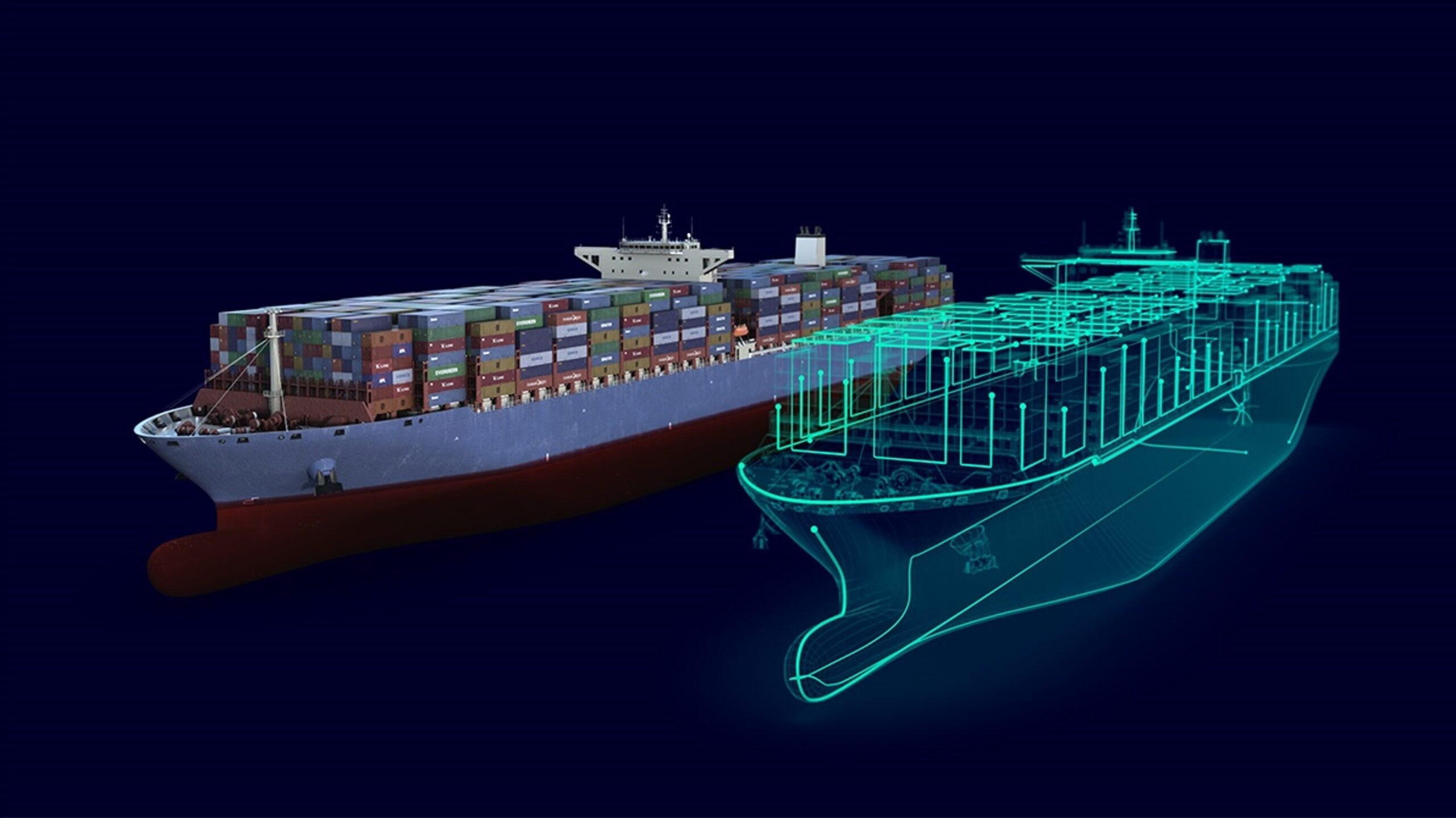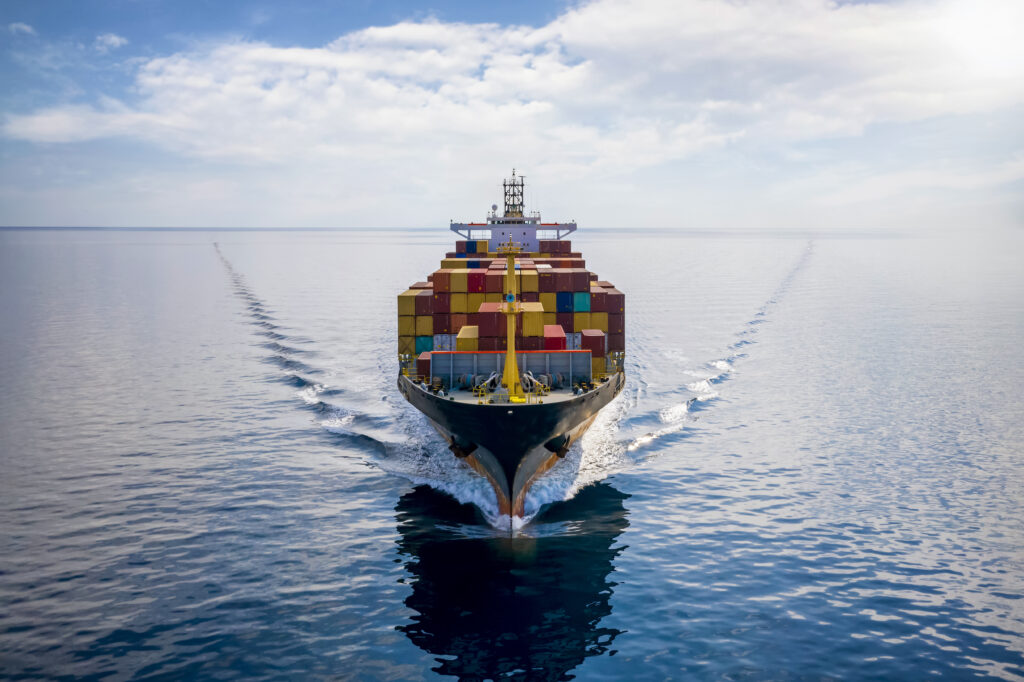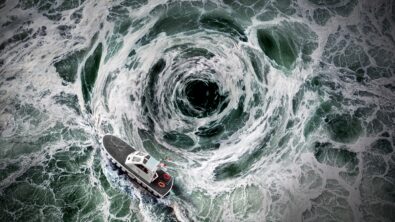Sailing back in time

A brief history of shipbuilding
I’ve been hugely passionate about boats since I was a child. I’ve always had a great desire for exploration and what better way to explore our planet than by sailing the seas? From the age of 8, I set my sights on a career in the shipbuilding industry which has ultimately led me to where I am today.
One thing that will never cease to fascinate me is how ship design has evolved over the centuries. People have been traveling by sea for thousands of years, although for much of that time it has been fraught with danger. As engineering techniques have improved, shipbuilders have employed different designs and materials to make vessels more efficient and much safer. Now, we’re entering a truly exciting digital age of shipbuilding, where simulation is key to delivering the smartest and most sustainable vessels on time and within budget.
To get a true understanding of where we’ve come from to where we are now, I recently embarked on a voyage I’ve dreamt of since I was a young boy learning about Christopher Columbus’ exploration of America.
A vessel from the past
In January 2024, I stepped onboard the wooden boat Grayhound, a replica of an 18th-century lugger, and set sail across the Atlantic Ocean. We didn’t have the same challenges as Columbus had 500 years ago – we knew the geography, where we were going, and when we should expect to see land. Nevertheless, it was an exciting adventure that gave me a new perspective on the history of shipbuilding.
The new boat was built in Cornwall in 2012 by enthusiasts Marcus and Freya Pomeroy-Rowden. They were faithful to the original drawings except for being slightly scaled down from the original 1776 Grayhound. Luggers were designed primarily to chase smugglers. They had a simple rigging with sails that could all be operated from the deck without needing to climb the masts. At the same time, the rigging was very efficient, and the boats could achieve high speeds even in light winds.
These wooden boats behave very differently from the modern plastic or fiberglass boats we see today. There are no winches onboard, so all rope handling is done with bare hands. It takes very skilled and hardy sailors to pilot these traditional vessels and get them safely to their destination.
Nothing but ship, sea and crew
Our crew totaled 15 as we needed at least six people to control the sails around the clock. We were split into four-hour watches, with four hours rest between each. For me, that meant 4am to 8am, midday to 4pm, and 8pm until midnight. Never quite enough time for a proper sleep!
The four hours of each watch when we were responsible for the ship were quite extraordinary. We were on constant alert in case there was a gust of wind or a huge wave that could take us off course. We had to always be ready to adapt to the changing conditions, vessel rolling and water sprays. After just a few days the boat becomes your life. Everything I’d left behind – big cities bustling with people, internet access everywhere, became a distant memory. All that mattered now was the ocean, the ship and my fellow crew. Just as it was for the sailors of the 18th-century Grayhound, I imagine.
To better replicate the traditional experience, we switched off the navigation system once we left port. For the entire voyage, we used a compass and speed log, dropping a line every hour and counting the knots to measure our speed. This ‘dead reckoning’ allowed us to approximately locate our position on the map, and at regular intervals, we also used a sextant for greater accuracy. It’s a very simple technology compared to what we have today, but incredibly effective. Indeed, almost all the land masses on the planet were discovered with these centuries-old navigation tools.
Sailing a small vessel in a huge world
This voyage gave me a much greater understanding of just how big the world is. We’ve become used to flying across the Atlantic in a matter of hours, and modern communication tools make the globe seem smaller as we’re always able to stay in contact with people. On a ship like the Grayhound, it takes more than two weeks to cross the ocean, and when you’re in the middle, you’re a thousand miles from land in any direction. In comparison, the International Space Station is only 250 miles above Earth and, of course, is in constant communication with mission control. We had no communication outside the ship for the entire voyage so, just like the original Grayhound crew, we had no idea what was happening back home or anywhere else until we reached Tobago.
The Caribbean islands have always looked pretty amazing in pictures but seeing them after 16 days of nothing but sea, I felt like I had arrived in paradise. Absence truly does make the heart grow fonder, not just of people but of anything you take for granted. Sure, it was tough at times, but it was an incredible experience that has given me an even greater appreciation for the simple things in life, and total admiration for the early explorers who risked their lives to discover new lands.
How simulation is shaping the future of the marine industry
Thankfully, journeys by sea are now much safer and faster than in the past. Much of my career has been dedicated to the advancement and implementation of new technology in ships to make this possible.
But now we face new challenges.
Like many other industries, modern shipbuilding has introduced harmful emissions that damage our environment. The marine industry is aiming to be emission-free by 2050 (IMO) and simulation has a big part to play in this. New power sources, more fuel-efficient powertrains, innovative hull designs, and the use of energy-saving devices are all key to reaching this target. But how can we determine which will be the most effective?

It’s not feasible to build hundreds of iterations of every idea and test them at sea. But with simulation, we can. With the Simcenter portfolio, we can simulate all aspects of ship design and performance, enabling engineers to fully explore all the design options and build the sustainable, smart vessels of the future.
As Director of Simcenter Marine Industry Solutions, I’m hugely excited to take on these challenges and to help everyone do their part in making sea travel safe not only for people but for the planet too. I’m sure our ancestors would scoff at how easy we have it, but I hope they’d understand that what we’re doing now is just as important as the discoveries they made.
You might also be interested in…

Video
Simcenter solutions for marine performance engineering

White paper
How to drive the ship design process via simulation tools


